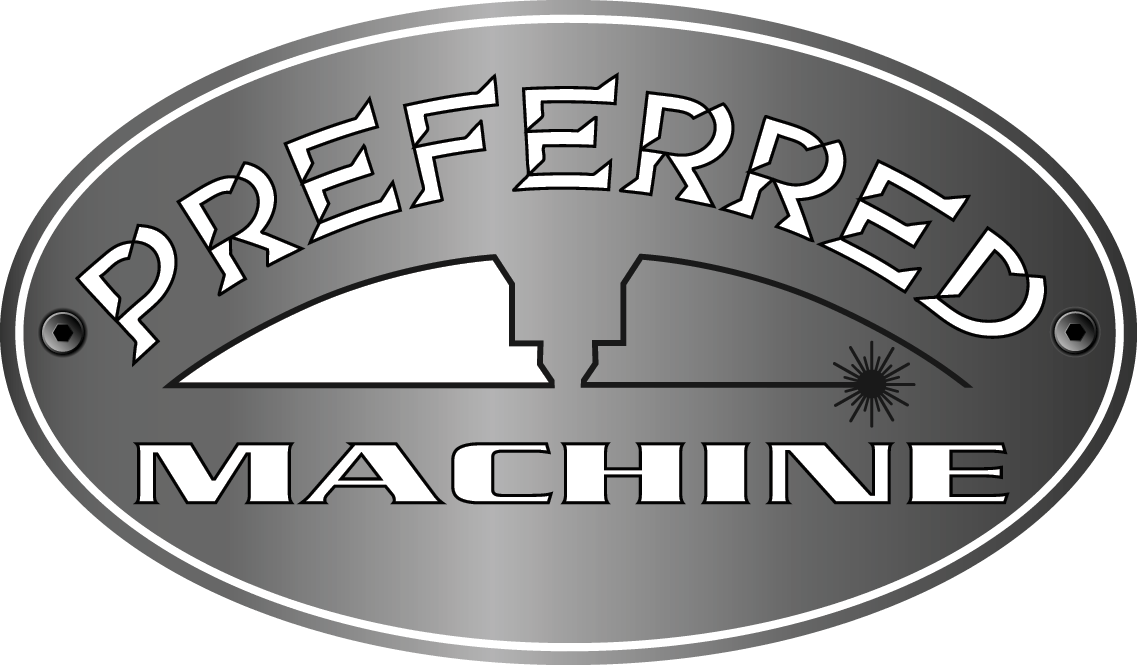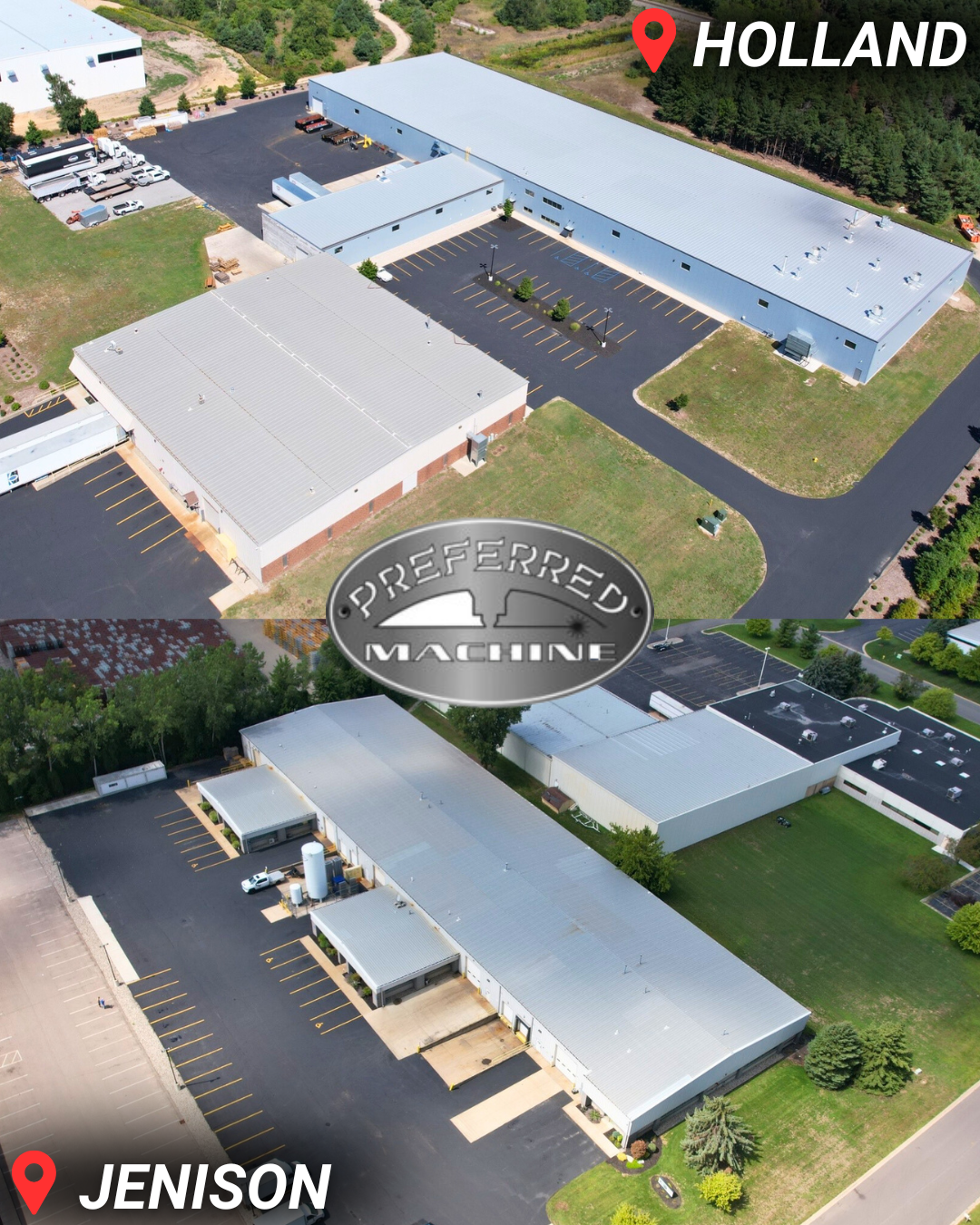Five Top Advantages of Fiber Laser Cutting
There is a time and place for different types of laser cutting. Here are five top reasons customers choose fiber laser cutting services.

The utilization of fiber optics continues to evolve. The introduction of fiber optics into the digital, data driven world has allowed for the increase in data transfer speeds and amount. Instead of sending information through phone lines or coper wiring, fiber optics are made up of strands of diodes and transmitted using beams of light. The ability to send beams of light has shifted to lasers as the amount of light channeled and amplified through the fiber optic cabling allows for a a powerful light beam, 200 percent more efficient than that of a CO2 laser, without the pricey optical mirrors commonly found in laser cutting systems. For businesses looking to invest in laser cutting or in need of laser cutting services, there are many advantages in turning to fiber laser cutting over the alternatives. Here are the top five advantages.
1. Less Expensive
Possibly the most valuable advantage of fiber laser cutting is the price. The cost overhead for this technology represents a massive savings, both in initial purchase and over the lifetime of the laser. For starters, it doesn't require expensive optical mirrors as is the case with other laser technology. Additionally, the focusing lens is not exposed, but instead sealed within the cutting head. Due to this, the focusing lens will, when properly maintained, last the lifetime of the fiber optics, instead of becoming damaged and requiring continual replacements, which is the case with other laser applications.
2. No Moving Parts
Moving parts lead to heightened maintenance and an increase in operating costs. As light pulses are sent through the fiber optic cabling, it does not require moving mirrors in order to generate the necessary laser. Other forms of lasers utilize a rapidly moving mirror in order to heighten the laser's power. To extend the life of the mirror regular maintenance is needed. This causes a slow down in productivity. However, if regular maintenance is not performed, the chance of material damage increases, which not only takes the laser offline but it increases the cost to operate.
3. Boost in Cutting Speed
Another advantage in using fiber optic laser cutting is the increase in cutting speed. When cutting a straight line of 1mm in thickness, a fiber based laser can cut three times faster than that of a traditional laser. This includes cutting through materials such as stainless steel. When cutting through 2mm thickness the time improvement does drop to twice as fast, but never the less, it still represents a sizable improvement.
4. Cutting Reflective Material
One of the major problems when using a traditional laser is in regards to reflective material. There is the chance a laser may bounce off the reflective material, which in turn will damage the equipment. Due to this, traditional lasers are not often used when cutting brass, aluminum and copper. With fiber optic lasers though, this reflective material problem is no longer an issue, which in turn allows for the cutting of these materials.
5. Higher Electrical Efficiency
Conventional CO2 lasers require a considerable amount more energy to product the laser beam. In fact, a 2 kW fiber laser cutting setup uses a third of the power as a 4 kW CO2 machine. This means the fiber optic configuration will not only save power each and every time it is used, but due to the lower energy requirements it helps increase the life expectancy of the hardware as well.
In Conclusion
Each laser type has a time and a place. However, these are five of the most substantial benefits a fiber optics laser has over other, more conventional CO2 lasers. Request a quote to learn more about the right laser cutting process for your material.



